In what might be the biggest surprise of E3 2021, Samus Aran will be returning for her 35th anniversary to star in Metroid Dread on the Nintendo Switch on October 8th. The game will be a follow-up to 2002’s Metroid Fusion on the Game Boy Advance, and, based on statements by Nintendo, this entry will conclude the original arc in the saga that began in 1986 on the NES and Famicom that loosely follows the original themes of Ridley Scott’s Alien.
So what is Metroid Dread, what about the title got fans so excited and what can people expect from the surprise ‘Metroid 5’ we are getting this fall? We’ll try and concisely explain everything here.
Timeline:
There are two types of Metroid games, and a Pinball spinoff: the mainline story in the 2-D entries and the First Person series, AKA the Prime games. The Prime games exist in between the first and second numerical chapters of the story. Conveniently, a place where there are still plenty of Metroids scattered across the galaxy. The reveal trailer assures that the game will have an experience strong enough to stand alone as an entry point for new players, but also insists to longtime fans that there will be a satisfactory conclusion to the arc that is Samus’ relationship with the titular life-draining organisms. For new players and returning ones looking for a refresher, this is a brief summary of story events. For brevity’s sake, the following timeline coverage will skip the first-person Prime series and Metroid Prime Pinball (no really, it totally slaps).
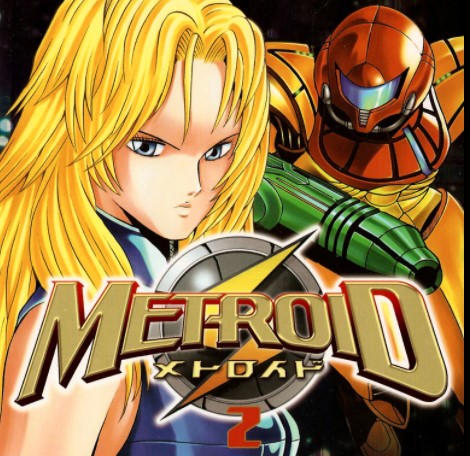
Prologue:
Samus was raised on a colony planet as a toddler when her parents and hundreds of Galactic Federation soldiers were killed in an assault by the Space Pirates and the dragon lizard Captain Ridley. Samus is taken in by a race of bird-like creatures called the Chozo, a race with advanced sciences and prophetic beliefs. By playing god they manipulate Samus’ DNA to give her their abilities and the iconic power suit while in tandem creating the Metroids through DNA splicing. All of this and the events of the first game are covered in the two-volume manga published by Viz Media. Surprisingly it’s canon and really good!
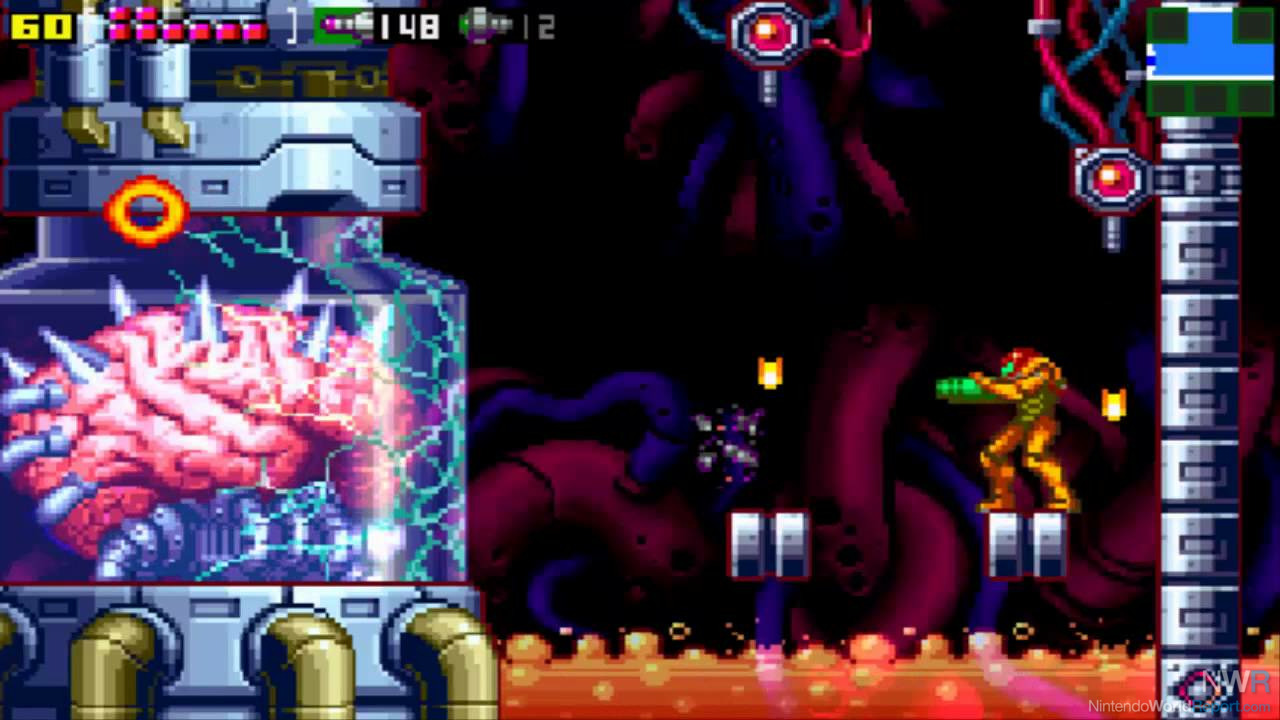
Metroid (NES, 1986) and Metroid: Zero Mission (GBA, 2004)
The NES/Famicom original and its GameBoy Advance remake see intergalactic bounty hunter Samus Aran scouring the planet she was raised on while preventing Space Pirates from trying to breed more Metroids as bioweapons. The remake adds an epilogue after the self-destruction of Mother Brain, introducing a stealth mission where Samus must sneak through a Space Pirate mothership with nothing but her Zero Suit and a stun blaster.

Metroid II: Return of Samus (GameBoy, 1991) and Metroid: Samus Returns (3DS, 2017)
Advertisement
To avoid further galactic crisis, the Federation employs Samus to land on the desolate planet SR388, a planet the Chozo used to breed new Metroids, and she’s tasked with exterminating the remaining ones before they evolve to the point of being nearly indestructible. Once Samus clears the planet of the Metroid hive and their queen, she encounters a hatchling. Neither she nor the baby Metroid attacks each other, and she departs with it off-world to hand it off to the Federation’s science division. The remake, Samus Returns, adds an epilogue where Ridley descends on Samus as she makes her escape and tries to snatch the baby she had just spared. A secret ending of Samus Returns also shows the first canonical appearance of the X Parasite, an invasive species which the Chozo reacted to with the creation of Metroids. The game also alludes to the fact that the presumably extinct Chozo may still survive somewhere in the galaxy.
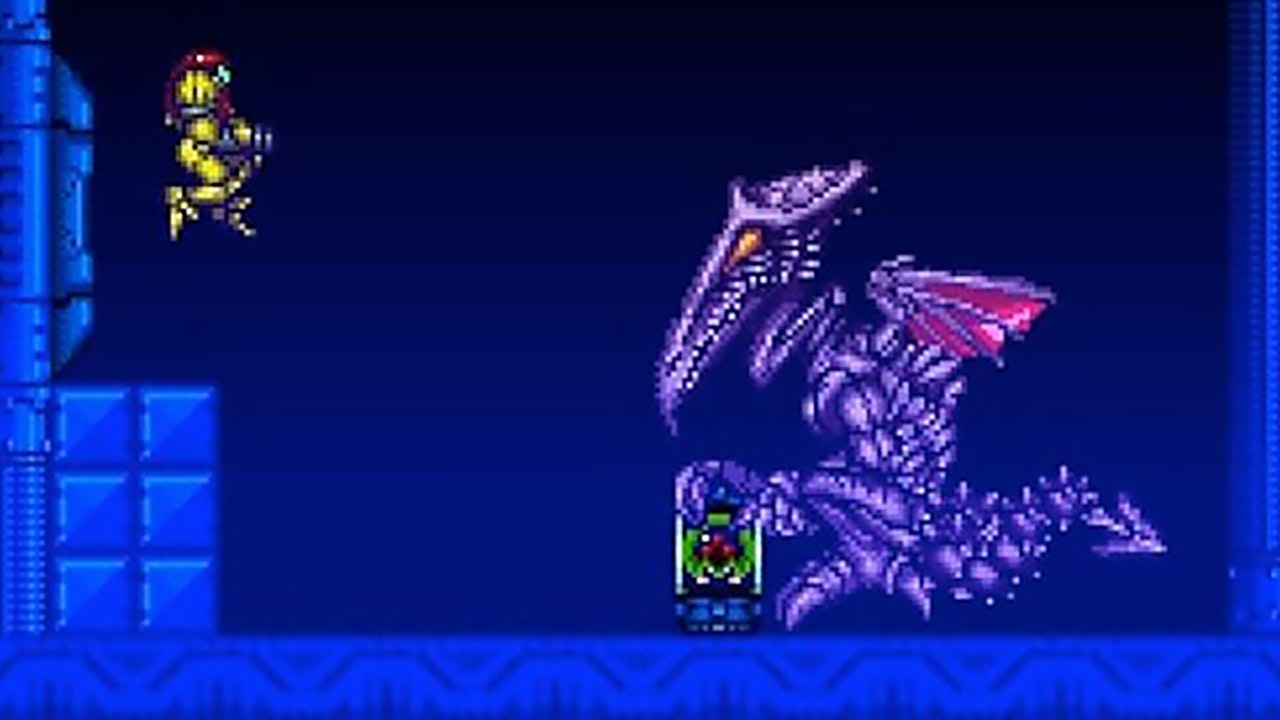
Super Metroid (SNES, 1994)
The last Metroid is in captivity. The galaxy is at peace…
Until the baby Metroid is stolen from a Federation research ship by Ridley and brought to Zebes, where Samus returns to destroy Space Pirate forces once again. When she re-encounters the baby has grown more than any larval Metroid seen before, and it sacrifices itself to help Samus finally destroy Mother Brain in its mutated state.
Advertisement
Metroid Other M (Wii, 2010)
Don’t worry about it.
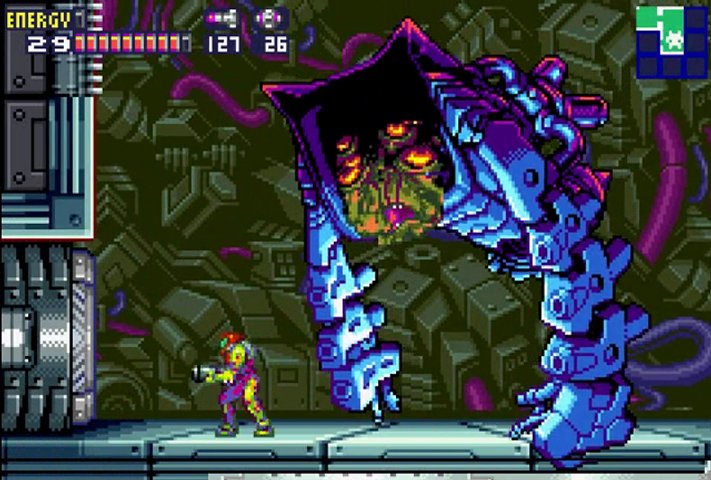
Metroid Fusion (GBA, 2002)
Samus is asked to return to SR388 to investigate an anomaly. When she returns to the planet, she is infected by X parasites, an organism that destroys a host to then clone its DNA. The Federation manages to save Samus by giving her a vaccine that had been made from the Baby Metroid, fusing her DNA with the species and making her the only being invulnerable to the X. As she delves into the Federation’s Research Station, she discovers the X taking over, cloning species from across the galaxy, including a deadly clone of Samus herself, aka S-AX.
Advertisement
Samus scores the station as the X becomes more evolved and intelligent, attempting to eliminate the parasites and destroy the station.
Her journey is guided by an AI companion that is cloned from the mind of her Federation Commanding Office from past journeys, Adam Malkovich, who is long since dead.
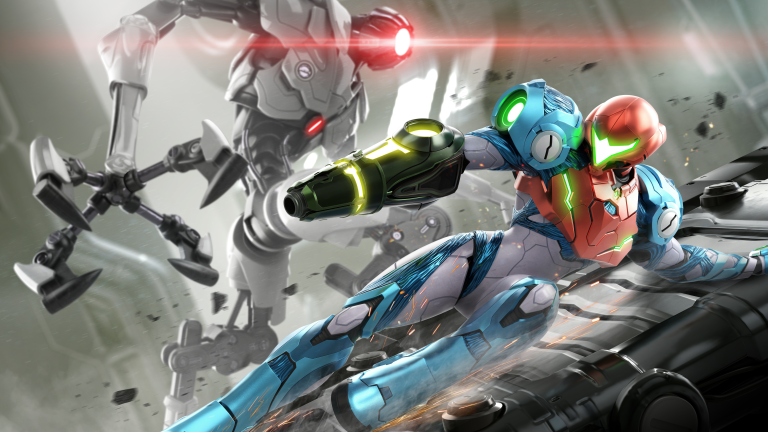
Metroid Dread (Switch, 2021)
Samus’ story continues after the events of Metroid Fusion when she descends upon planet ZDR to investigate a mysterious transmission sent to the Galactic Federation. The remote planet has become overrun by vicious alien lifeforms and chilling mechanical menaces. Samus is more agile and capable than ever, but can she overcome the inhuman threat stalking the depths of ZDR?
The imposing DNA-extracting machines, E.M.M.I., are now hunting Samus down. Tensions are high as you evade these E.M.M.I. to avoid a cruel death while finding a way to take them down. Find out what turned these robotic wonders into the scourge of ZDR and escape with your life.
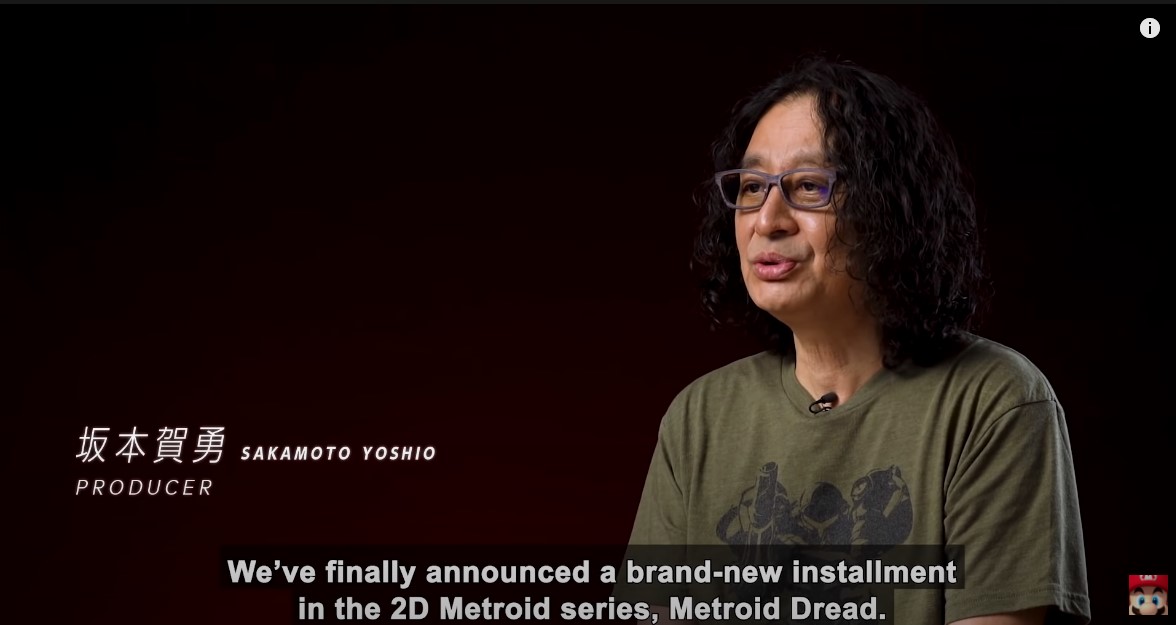
Development Hell
Metroid Fusion was the chronological end of the series’ main story, and while the Prime series was going strong, the only 2D Metroid titles since 2002 have been remakes: Zero Mission and Samus Returns. Fifteen years ago, rumors spread around the internet of a new title for the Nintendo DS, Metroid Dread, but it never came to a true realization in development due to a far too ambitious vision and change in play style, though what those limitations were are not immediately apparent. Now, following developer Mercury Steam’s efforts with the 3DS title Metroid: Samus Returns, Nintendo and the series’ producer Sakomoto Yoshio expressed faith in the studio that the premise for Dread could now be fully realized as a title on Nintendo Switch.
According to Sakomoto, he approached Mercury Steam himself after Samus Returns left an impression on him, stating “I wanted to create something that was unsettling for players, and also would communicate this unfeeling-ness that’s inherent in something that’s robotic.” – Metroid Dread Development History
Likely he had the idea for the E.M.M.I. and the Nintendo DS did not support the complexity of the AI he wanted to create for them. Regardless of the reason, he’s happy to say that the final game has turned out better than he could have imagined when he first started designing Metroid Dread 15 years ago.
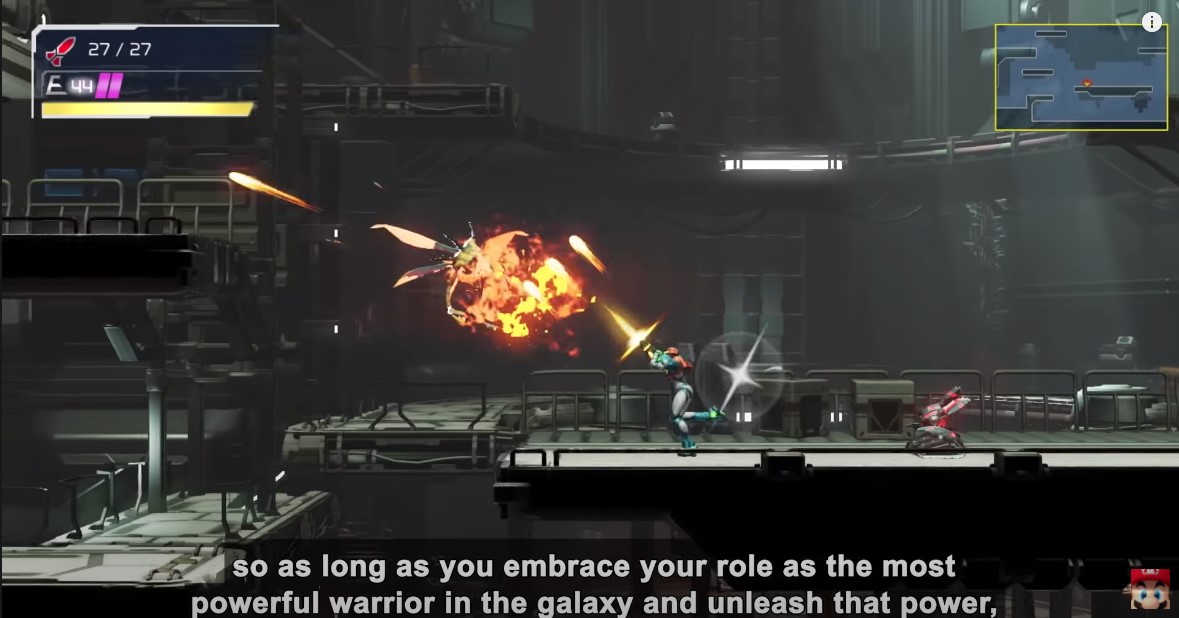
Gameplay
Players will acquire new and familiar abilities as they traverse the many environments of this dangerous world.
As any Metroidvania genre game will do, this game will contain a large map where players scour a map to find upgrades that open new maths and allow them to overpower enemies throughout the adventure until they become unstoppable.
The E.M.M.I. pick up on the ideas presented in Fusion by having players stalked by a hunter-killer and forced to evade and hide throughout the map, but this time, Samus will be killed in one hit from these machines, so players will need to be careful.
Mercury Steam has put in work to adjust the mechanics they introduced in the 3DS title, Samus Returns, 360-degree aiming is back with more precise control and laser targeting, as well as over the shoulder attacks with the temporary weapon called the Omega Beam. Players will also be able to counter enemies more cleanly than before, keeping momentum as they move throughout the map, and Samus will be able to crawl on certain walls in the first time evolution to the Spider-ball ability.

The Future
Given that Metroid Prime 4 had two years of development, a cancellation, a relocation back home to Retro Studios, and then two more years of development with a pandemic still ongoing, it’s nice that we’re getting another new release in the franchise to drive interest. Metroid as a franchise is only just getting out of its third hibernation since the 1990s, and due to both timing and appealing to a smaller western audience, almost all of its entries were not high selling in units compared to Mario and Zelda.
If Nintendo really wants to save the Metroid franchise and see another boom in its popularity as we saw in the early 2000s, it’ll be paramount to allow the other games in the franchise to be available to play to catch up before Metroid Dread this fall. If not, players can at least check out Super Metroid on the SNES classic channel with Nintendo Switch Online.
Advertisement







